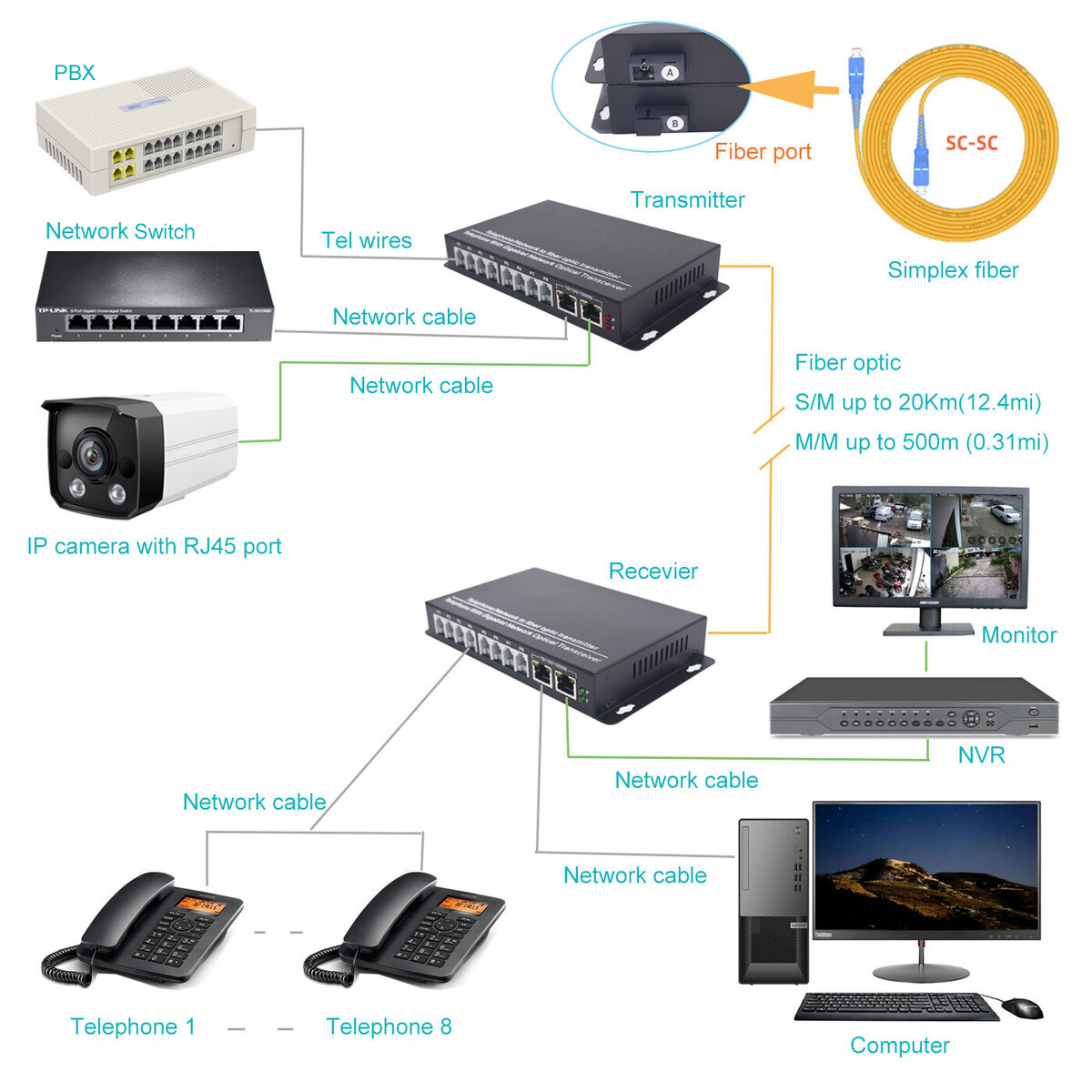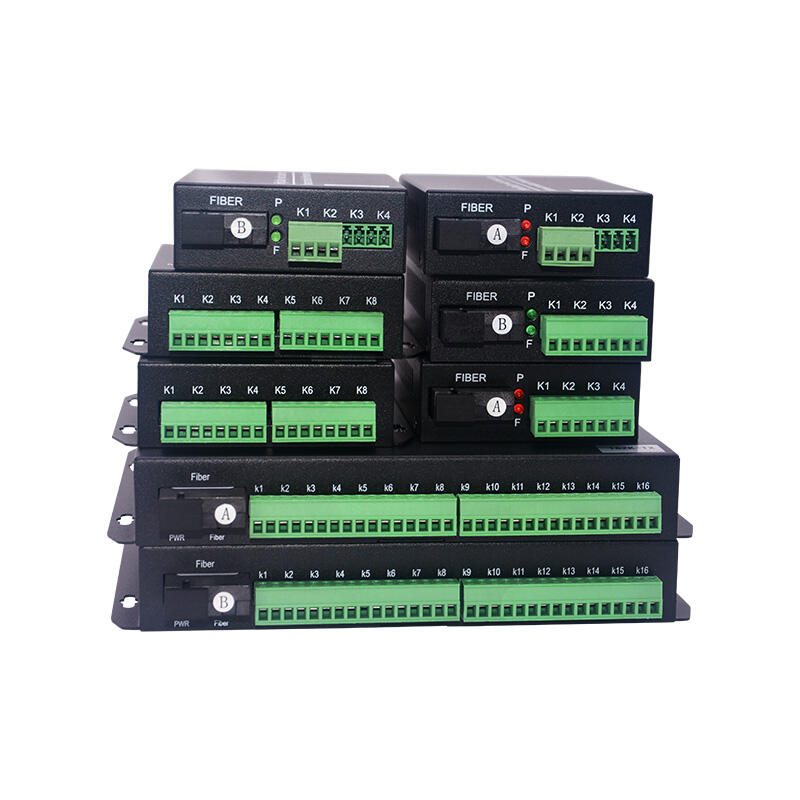
Balanced audio connections in professional audio equipment commonly rely on the use of XLR connectors. Fiber optics can successfully transform signals from XLR-terminated cables by changing analog audio signals into optical signals, which allows the XLR to fiber converters to take over. This is particularly helpful in large-scale audio distribution, such as in recording studios, broadcast facilities, or concert venues. Compared to the traditional XLR-based copper cables, fiber optic cables allow for audio signals to be distributed all throughout the system with little signal degradation ensuring high-quality throughout
